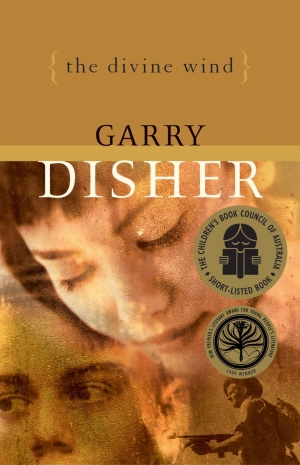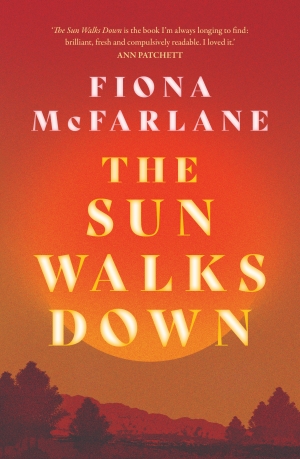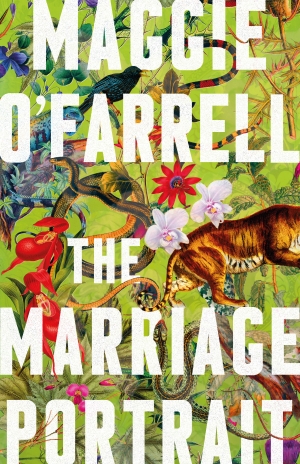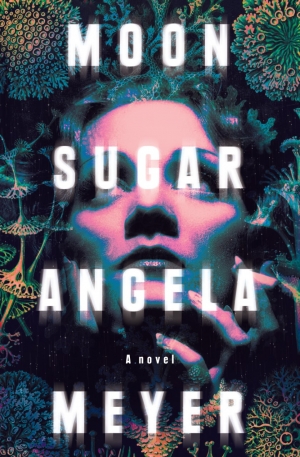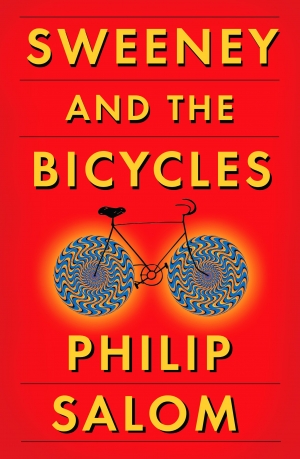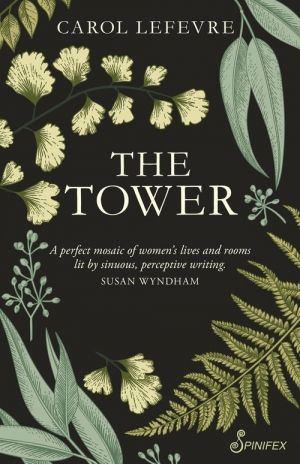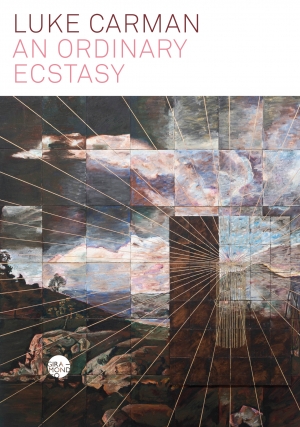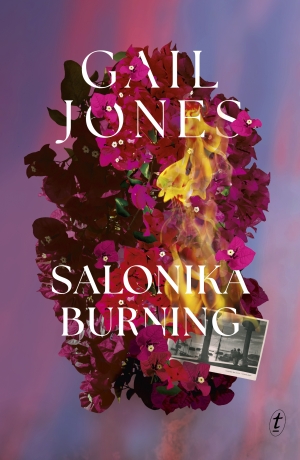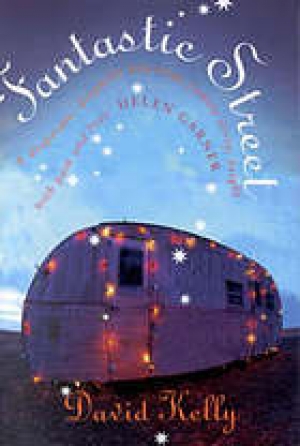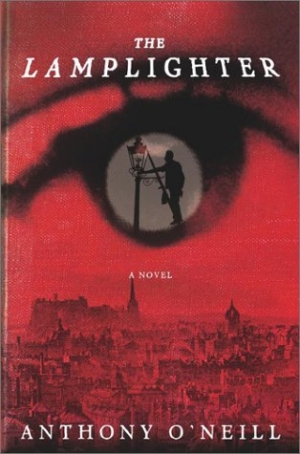Fiction
Ten years ago historical novels were an unwanted rarity in Australian children’s publishing. Instead, there was a vogue for time-slip novels where a contemporary kid went travelling back into the past, as though history would be too hard for younger readers to handle without some sort of tour guide.
... (read more)Patrick Allington reviews ‘The Sun Walks Down’ by Fiona McFarlane
Early in The Sun Walks Down, Mary Wallace – mother to six-year-old Denny, who has gone missing in a dust storm – throws her husband a ‘general look of bafflement at having found herself here, in this place, with these people’. It’s a symptomatic moment early in a novel that contains myriad displays of perplexity by various characters – at each other, at situations they create or must navigate, at the meaning of life.
... (read more)Amy Walters reviews 'The Marriage Portrait' by Maggie O’Farrell
In her ninth novel, The Marriage Portrait, British writer Maggie O’Farrell engages with the enduring speculation that Lucrezia de’ Medici, daughter of the Grand Duke of Tuscany Cosimo de’ Medici, was murdered in 1561 by her husband Alfonso II D’Este, the duke of Ferrara.
... (read more)There is an experiment at the heart of Angela Meyer’s second novel, Moon Sugar. Without going into spoiler-level detail, it unlocks something in her protagonists, offering them new ways to connect with each other and the world around them. This experiment is a neat metaphor for Meyer’s own; by slipping between genres, her fiction strives to upend readerly expectations, expanding the possibilities for engagement.
... (read more)Kerryn Goldsworthy reviews 'Sweeney and the Bicycles' by Philip Salom
Philip Salom, now in his early seventies, has been a steady presence in Australian literature for more than four decades. Until a few years ago he was mainly known as a poet. He has published fourteen collections and won two awards for lifetime achievement in that field. Having turned to fiction in 2015, he has now published six novels. In Sweeney and the Bicycles, he returns to themes that have woven their way through much of his fiction: identity and selfhood, family and friendship, damage and healing, unlooked-for and unlikely middle-aged love.
... (read more)Admirers of Carol Lefevre’s earlier books, and nostalgists in general, will delight in her latest offering. Her artistic eye evokes the patina of a silvering vintage mirror reflecting societal and literary traditions. Both in tone and preoccupations, The Tower (Lefevre’s sixth book) continues traditions cast in several Australian literary classics. Familiar, too, is Lefevre’s favoured form. Several of the book’s chapters have previously been published as short stories, but Lefevre has worked them seamlessly into this novel’s overarching chronicle.
... (read more)Our high school art teacher would often look at a student’s work and judge it ‘interesting’. Sometimes this was a written comment, accompanied by a lacklustre mark like 14/20, which led us to suspect – perhaps rightly – that ‘interesting’ was a euphemism for ‘inept’. Now I wonder if it occasionally meant: curious, out of the ordinary, sui generis, hard to grade or categorise, or distinctive if not fully achieved. If so, Luke Carman’s short story collection An Ordinary Ecstasy is ‘interesting’: eclectic, uneven, at times ungainly. You have the sense that Carman is following the maxim ‘write for yourself’. Past success has earned him that privilege and, as Carman’s tumbleweed talent rollicks untamed across the streets of Sydney’s Inner West out to Blacktown and as far north as Byron Bay, the results are never pedestrian.
... (read more)In 1917, at the height of World War I, a fire destroyed the Greek city of Salonika (Thessaloniki), a staging post for Allied troops. The centre of an ‘Ottoman polyglot culture’, Salonika was at the time home to large numbers of refugees, many of them Jewish and Roma. It was in one of the refugee hovels that the fire started, an ember from a makeshift stove igniting a bundle of straw. From that single ember grew an inferno that burned for thirty-two hours, obliterating three-quarters of the city and leaving 70,000 people – by some estimates half the population – homeless.
... (read more)Bronwyn Rivers reviews 'Fantastic Street' by David Kelly and 'Falling Glass' by Julia Osborne
These two first novels confront the ongoing complaints of literary commentators that new novels are too often set in the past rather than dealing with present realities. Moving from the criticism of ‘literary grave-robbing’ by American author Jonathan Dee, Malcolm Knox has complained that most major Australian novelists tend to mine fantastic or historical subject matter rather than examining the culture of our daily lives. Knox takes Jonathan Franzen’s The Corrections, a popular and critical success, as his model for a perceptive fictional treatment of popular culture. More recently, David Marr urged novelists to use contemporary settings to address what he calls the ‘new philistinism of John Howard’s Australia’.
... (read more)To an appreciable extent, this is a book that can be judged by the cover. In the auto-interview accompanying the publisher’s media release, Anthony O’Neill explains that he was motivated to write his second novel by a desire to ‘emulate certain classic tales of the macabre that emerged from the nineteenth century, arguably the greatest century for novels’. In particular, he states that The Lamplighter is ‘my attempt to write something like Dr Jekyll and Mr Hyde, without it being a homage – I wanted it to live and breathe in its own right’.
... (read more)
